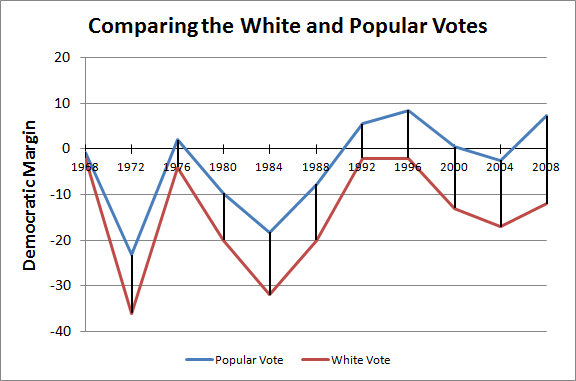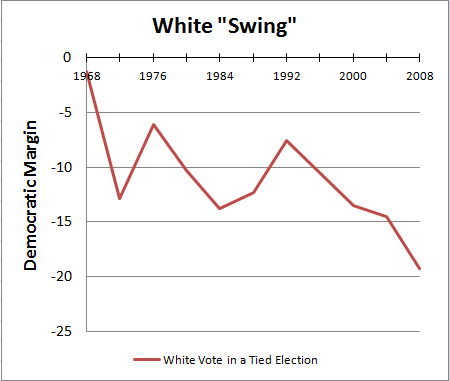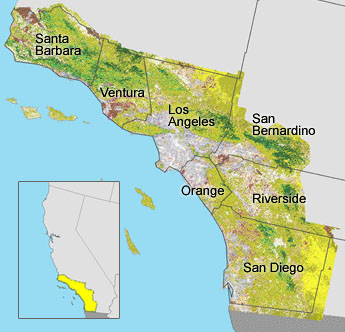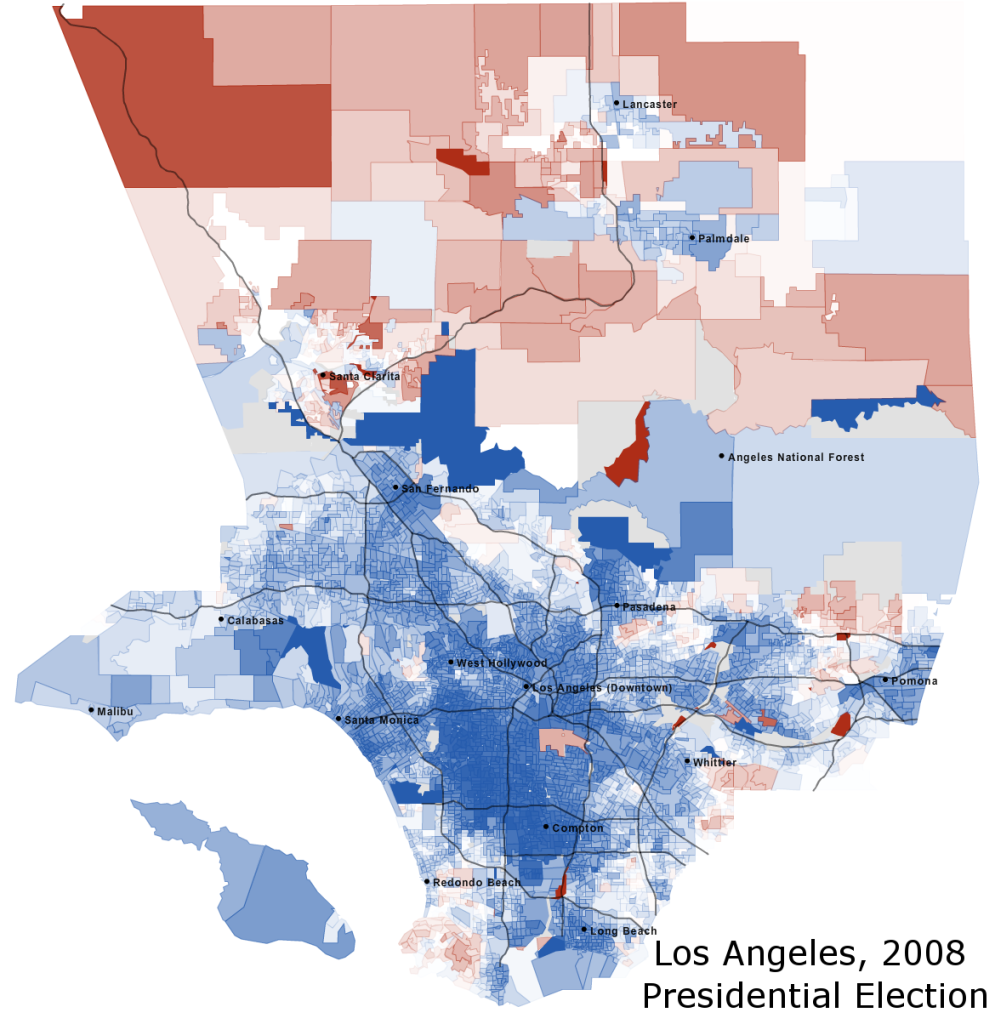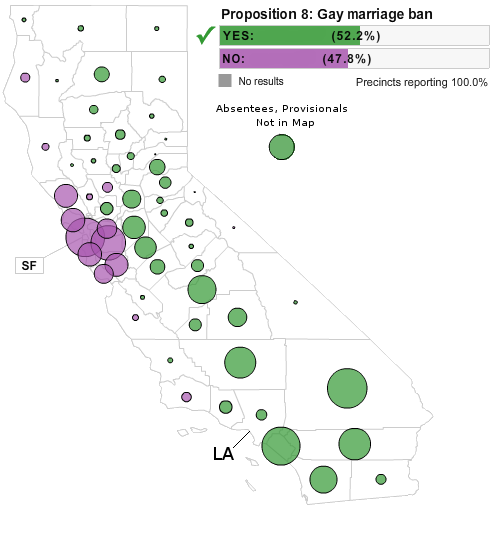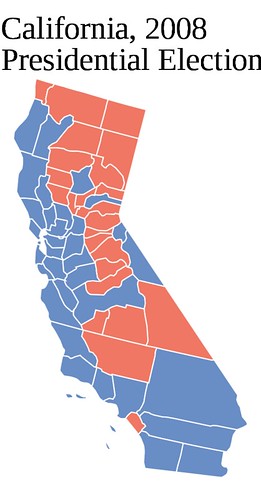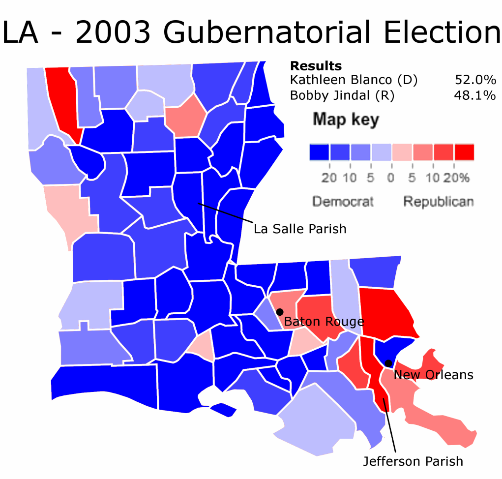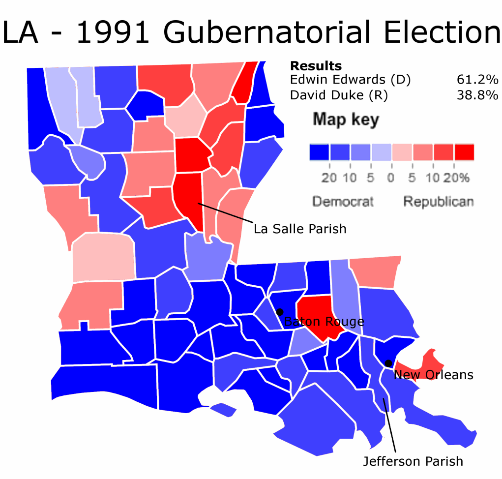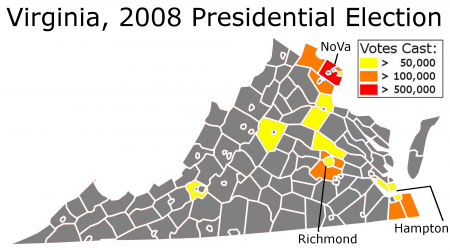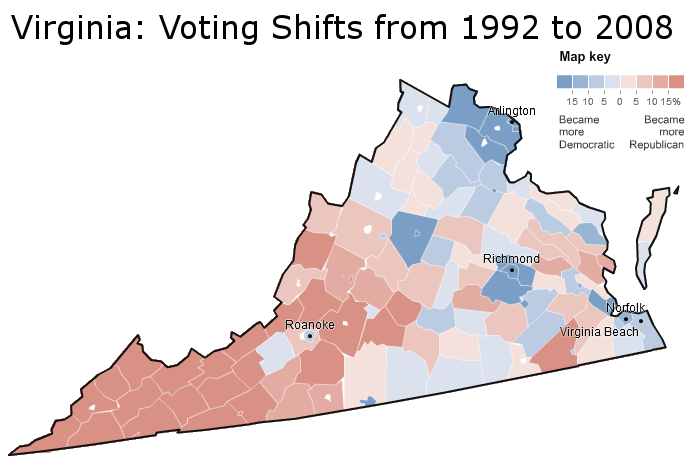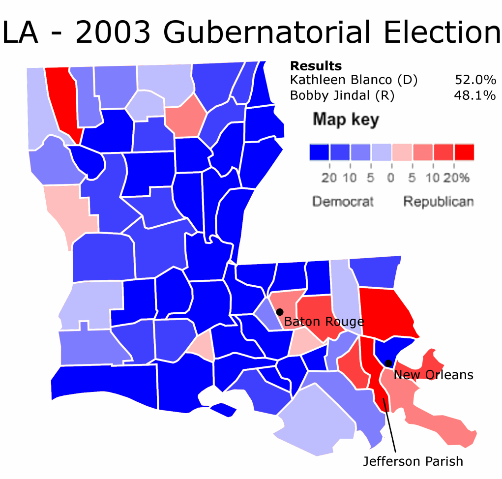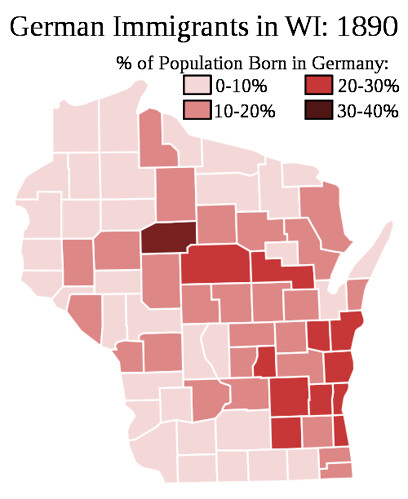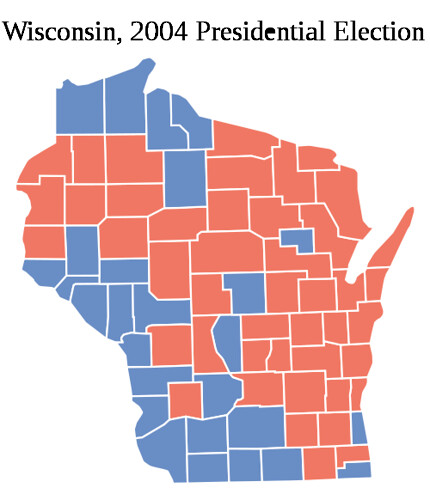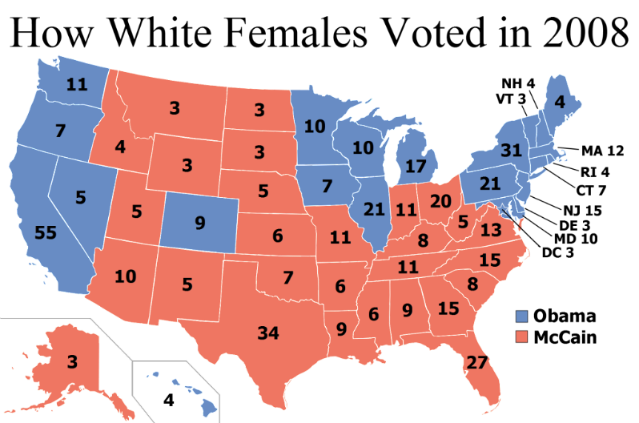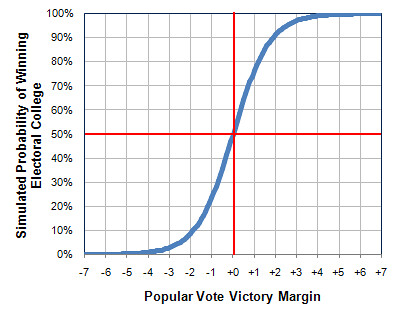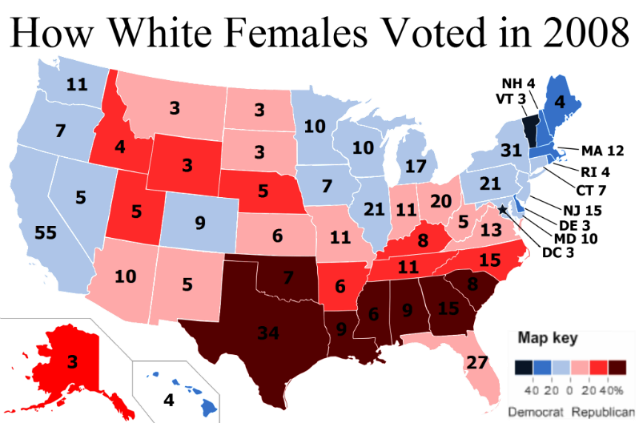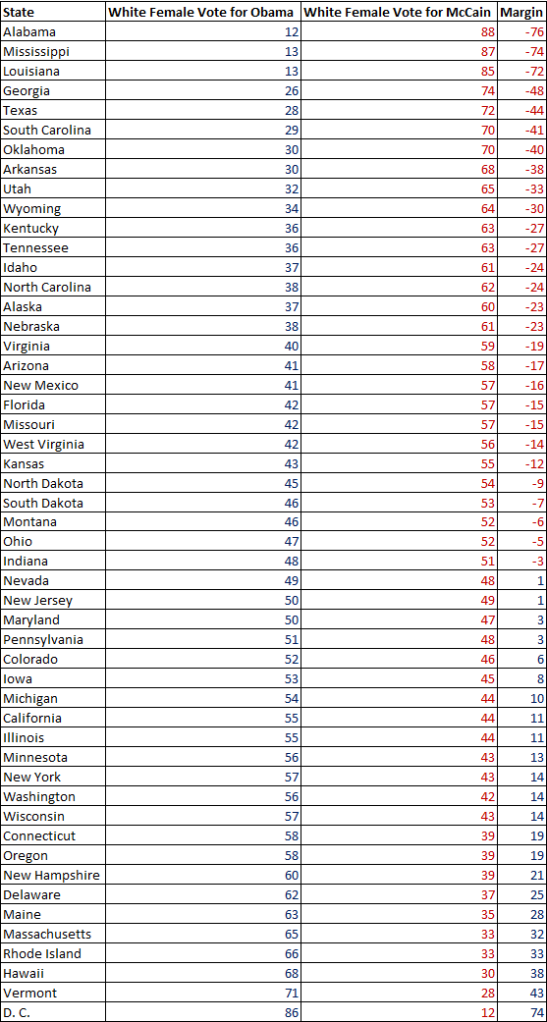By: Inoljt, http://mypolitikal.com/
When Republicans attack American liberalism, they prefer to use San Francisco as a punch bag. Indeed, San Francisco does constitute quite a liberal city; in the 2008 presidential election, 84.0% of the good folk of San Francisco preferred Democratic candidate Barack Obama over Senator John McCain.
San Francisco was far from the most Democratic-voting city in 2008, however. Mr. Obama’s percentage total was greater in several places; Washington D.C., for instance, pummeled San Francisco in the contest of who votes more loyally Democratic. In the capital of America, an astonishing 92.5% of voters supported the Illinois senator.
Most people who will hear this will probably start thinking something quite politically incorrect. The line of thought goes that “Washington is full of black people, all the blacks voted for Obama, so of course it voted that way.”
This is half true and half false.
More below.
It is true that the capital’s black population voted uniformly for the president – something that occurs with almost all Democratic candidates. The census, however, estimates that blacks compose only 54.4% of Washington’s overall population. This may surprise a lot of Americans who think the city is all-black. Even if every single black person in Washington voted Democratic, Mr. Obama still is quite a ways off from 92.5%.
Let’s look at another place with similar demographics to Washington D.C. – Montgomery County, Alabama where the Civil Rights movement started. Like Washington, Montgomery’s population is 52.9% black. Unlike Washington (where Mr. Obama won 92.5% of the vote), however, Montgomery only gave Mr. Obama 59.3% of the vote. Blacks are not responsible for this 33% difference; there is not much variation in how African-Americans voted in both cities.
The trick is with the white population. According to exit polls, Mr. Obama won 10% of whites in the state of Alabama. The results from Montgomery County reflect this low level of support.
In Washington, however, Mr. Obama won an astounding 86% of the white vote, according to exit polls. This is how the Illinois senator was able to get up to 92.5% of the vote in Washington, which is about one-third white. If white people alone had voted in Washington, Mr. Obama would still have done better than he did in San Francisco.
It would be quite interesting to explore why whites in the capital vote so loyally Democratic. Washington, of course, constitutes the center of the federal government; it would not be unusual for much of the white population to work for the government and thus vote more Democratic. But what type of work do they do – do they deliver the mail for the Post Office, or do they run the Post Office? Is Washington’s white population composed of mostly working-class, union-type Democrats? Or is it composed mostly of “wine-track” liberals, the type that populate cities like San Francisco and Seattle?
Whatever the answer, this statistic remains one of the most curious and interesting ones to come out of the 2008 presidential election. Indeed, until now this blogger was unaware that such one-sided Democratic voting patterns existed among whites anywhere in the nation. To get 86% of the vote anywhere is a burdensome feat. For a Democrat to get that support from whites is something that one does not see often in the United States.
